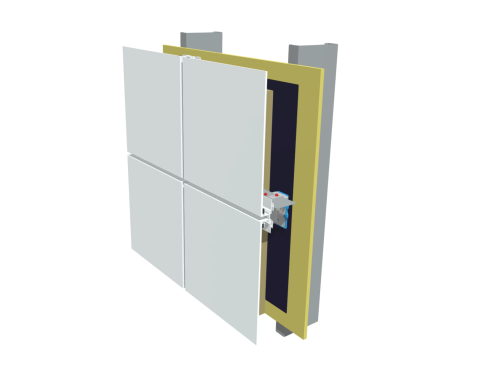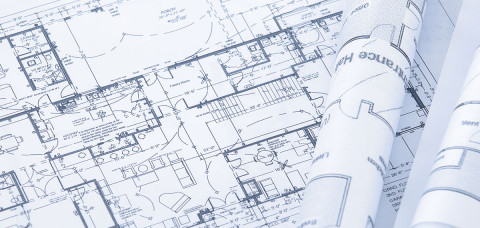Time for change?
When I became a specifier, in 1985, all of the projects I worked on used the "traditional" design-bid-build (DBB) delivery method. And when I started my current job at BWBR in 1996, all we used was DBB. That shouldn't be a surprise because, at the time, there was nothing else, at least in the building construction industry.
 The Design-Build Institute of America (DBIA) was founded in 1993, coincidentally the same year that USGBC appeared. At the time, DBIA made what seemed to be overly optimistic projections of a future dominated by design-build (DB), with a corresponding decrease in design-bid-build. That prediction is nearing fulfillment, though perhaps at a slower rate than first expected.
The Design-Build Institute of America (DBIA) was founded in 1993, coincidentally the same year that USGBC appeared. At the time, DBIA made what seemed to be overly optimistic projections of a future dominated by design-build (DB), with a corresponding decrease in design-bid-build. That prediction is nearing fulfillment, though perhaps at a slower rate than first expected.
Despite the growing popularity of DB, my office has been involved in only a few these projects. Even so, we rarely do DBB projects. Instead, we now use almost entirely one of the CM (construction manager) delivery methods.
As we moved away from design-bid-build projects, we changed our specifications accordingly. During this period I noticed a number of changes in the way we did our work. In 1996, we completed design, issued bidding documents, and typically issued only one or two small addenda, often none. Today, in contrast, we break projects into at least two bid packs, issue documents before they are done, issue at least two large addenda, and finish design using shop drawing submittals.
To accommodate these changes, AIA, EJCDC, CSI, and other organizations have been creating new documents and procedures, and, more importantly, contractors and design professionals have been modifying their processes, though in a less coordinated way. The result is less than satisfactory.
In a nutshell, we're using documents and procedures that were written decades ago, designed specifically for DBB. Any other delivery method requires that we use our standard documents in at least slightly different ways, ignore some of them, and often force them to do something they weren't designed to do.
For each delivery method other than DBB, the contractor has already has some relationship with the owner, and has made at least some decisions about how to do the project. In DB and in CM agent projects, the owner and contractor have an agreement and an understanding about how the work will be done. In those cases, there is no point in specifying what has already been agreed to. Even when the CM is at risk, the CM's involvement in the project during design affects the designer's work, and it affects the contractor's work as well. Because the contractor is already on board, the front end is altered drastically by removal of bidding requirements, and Division 01, much of which tells the contractor how the designer will run the project, can be greatly reduced. Specifications, instead of telling the contractor what is required, frequently can simply document the decisions of the project team. For example, instead of specifying and detailing a specific waterproofing system and hoping the contractor uses something similar, the designer, contractor, and waterproofing sub get together and figure out the best way to do the waterproofing. The construction documents then document the decisions. The specifications, instead of being several pages long, can be reduced to a simple statement of which products will be used.
Scheduling also has changed. Instead of stating a single completion date for substantial completion, the contractor, owner, and designer discuss how the schedule will be determined and incorporated. Instead of issuing documents on a single document date, we respond to contractors who want documents when they need them, and that often means delivering incomplete documents so the contractor can seek subcontract bids for things that have yet to be designed. Taken to conclusion, all references to phases and bid packs can be eliminated, and the designer can issue information continually. A comprehensive document control system will ensure that everyone has access to only the current information.
The design phase and the construction document phases, then, change from pure design and specification to collaboration and documentation of what was agreed. That being the case, why do we continue to prepare construction documents for other delivery methods in the same way we do for DBB?
Perhaps it's time for the equivalent of a constitutional convention. Let's invite representatives of the traditional entities - owner, designer, and constructor - and their subcontractors, throw out all existing documents, and create new documents and procedures designed for the non-DBB delivery methods.
Are you feeling revolutionary, or are you content to struggle on with what you have?
© 2017, Sheldon Wolfe, RA, FCSI, CCS, CCCA, CSC
Agree? Disagree? Leave your comments at
https://swconstructivethoughts.blogspot.com/2017/11/is-it-time-for-change.html
When you subscribe to the blog, we will send you an e-mail when there are new updates on the site so you wouldn't miss them.






